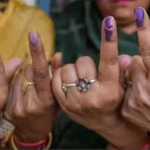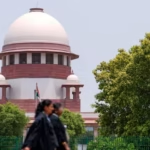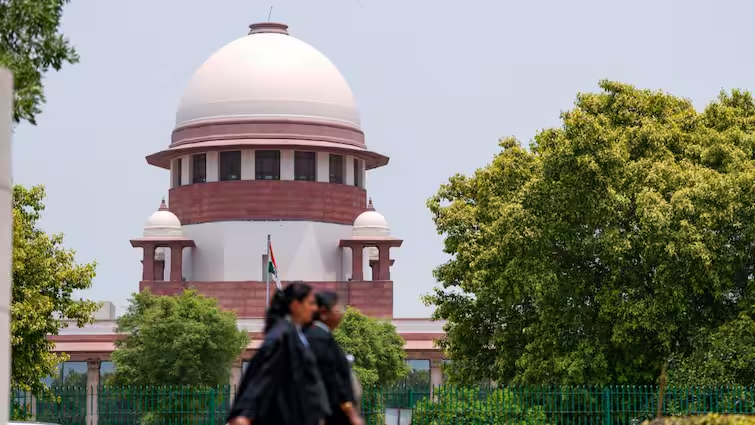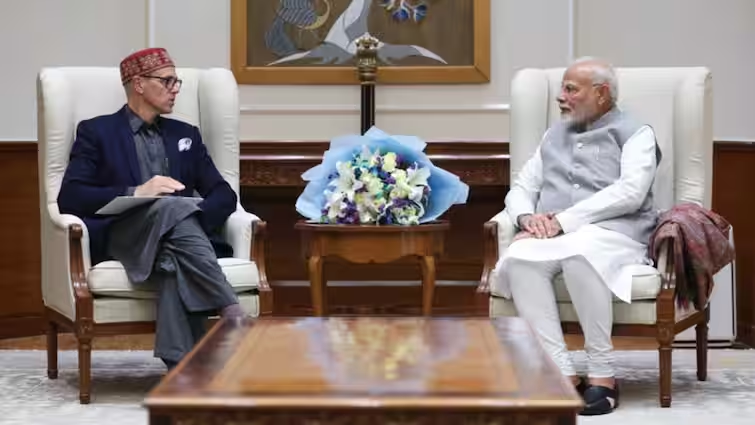Jaishankar, US Secretary of State Rubio Discuss Bilateral Trade Deal in Key Phone Call
New Delhi — In a significant diplomatic exchange, India’s External Affairs Minister S. Jaishankar and United States Secretary of State Marco Rubio held a telephonic conversation on Monday to advance discussions on the much-anticipated India-US bilateral trade agreement. The two leaders reaffirmed their commitment to finalizing the deal at the earliest, amid rising global trade tensions and shifting geopolitical dynamics.
The conversation marked the first high-level contact between India and the United States following President Donald Trump’s recent announcement of reciprocal tariffs on nearly 50 countries, including India. The development has added urgency to the ongoing trade negotiations, with both nations recognizing the importance of balancing economic priorities while strengthening strategic ties.
Pushing Forward a Trade Pact Amid Tariff Tensions
External Affairs Minister Jaishankar, in a post on social media platform X (formerly Twitter), revealed the highlights of his discussion with Secretary Rubio. “Good to speak with @SecRubio today. Exchanged perspectives on the Indo-Pacific, the Indian subcontinent, Europe, Middle East/West Asia and the Caribbean,” Jaishankar wrote. “Agreed on the importance of the early conclusion of the bilateral trade agreement. Look forward to remaining in touch.”
Good to speak with @SecRubio today.
Exchanged perspectives on the Indo-Pacific, the Indian Sub-continent, Europe, Middle East/West Asia and the Caribbean.
Agreed on the importance of the early conclusion of the Bilateral Trade Agreement.
Look forward to remaining in touch.…
— Dr. S. Jaishankar (@DrSJaishankar) April 7, 2025
The reaffirmation of intent to finalize the trade deal comes at a delicate time. On April 2, President Trump unveiled a set of sweeping reciprocal tariffs targeting countries that, according to his administration, levy disproportionately high import duties on American goods. India, long a subject of scrutiny under the “America First” economic doctrine, found itself facing an additional 26 percent tariff on certain exports to the US — over and above existing duties.
According to US officials, the measure is aimed at reducing the country’s trade deficit and bolstering domestic manufacturing. The move, however, has drawn mixed reactions from international trade observers, with concerns about its potential to trigger retaliatory measures and derail ongoing negotiations with key partners like India.
Building Momentum for the Trade Agreement
India and the United States have been engaged in discussions on a comprehensive bilateral trade pact for several months, with both sides seeking to resolve long-standing issues around tariffs, market access, technology transfer, and intellectual property rights.
A key development occurred in February 2025 during Prime Minister Narendra Modi’s visit to Washington D.C., where he met with President Trump. The leaders agreed to negotiate the first tranche of the trade agreement by fall 2025 — a timeline that has now come under tighter scrutiny following the latest tariff moves by the US.
In March, US Assistant Trade Representative Brendan Lynch visited New Delhi for in-depth consultations with Indian trade officials. The discussions, according to sources familiar with the matter, focused on aligning both countries’ trade policies, resolving disputes in the World Trade Organization (WTO), and paving the way for mutual concessions on key sectors such as agriculture, pharmaceuticals, electronics, and digital services.
While no formal agreement has yet been finalized, analysts say the tone of the current negotiations is far more collaborative compared to earlier rounds. India is reportedly pushing for the removal of tariff and non-tariff barriers on its key exports, including textiles, generic drugs, and information technology services. The US, on the other hand, seeks greater access to India’s agricultural market, data localization norms, and enhanced protection for American intellectual property.
Strategic Alignment in a Changing Global Landscape
Beyond trade, the phone call between Jaishankar and Rubio also touched upon several critical geopolitical regions. Their discussion encompassed developments in the Indo-Pacific, the Indian subcontinent, Europe, the Middle East/West Asia, and the Caribbean — reflecting a shared understanding of the interconnectedness of economic and security interests.
The United States and India have increasingly aligned their foreign policy outlooks, particularly on issues such as maritime security, counter-terrorism, supply chain resilience, and the transition to clean energy. With China’s growing assertiveness in the Indo-Pacific and continued instability in parts of West Asia, New Delhi and Washington are seeking to deepen their cooperation beyond bilateral concerns.
Experts say the convergence of strategic goals makes a strong trade partnership not only economically desirable but also geopolitically prudent. “For both India and the US, the trade deal is more than just about tariffs or market access. It’s about cementing a reliable, rules-based economic architecture in an era of uncertainty,” said Dr. Radhika Iyer, an international affairs analyst at the Indian Institute of Foreign Trade (IIFT).
Reciprocal Tariffs: A Sticking Point or a Catalyst?
The imposition of reciprocal tariffs by the United States remains a potential stumbling block in the trade negotiations. The additional 26 percent duty on Indian goods, justified by Washington as a countermeasure to India’s own import tariffs, could undermine trust and delay progress on the trade pact if not addressed diplomatically.
India has not yet officially responded to the new tariffs, but senior government sources indicate that backchannel communications are ongoing to seek a partial rollback or exemption, especially for goods critical to India’s export economy. Industry bodies in India have also raised concerns about the impact of the tariffs on sectors such as auto components, leather goods, and processed food.
“There is a growing sense that the US is using tariffs as leverage,” said Ankit Mehra, trade policy director at the Confederation of Indian Industry (CII). “While this tactic may speed up negotiations, it could also sour relations if seen as overly aggressive.”
Domestic and Political Considerations
Both Jaishankar and Rubio are navigating complex domestic political landscapes. In India, the Modi government is under pressure to deliver favorable trade outcomes that protect domestic industries while facilitating growth. With general elections looming in 2026, any perceived compromise on national interest could be politically costly.
In the United States, Rubio — a prominent Republican figure and now Secretary of State under the Trump administration — must maintain the president’s strong stance on trade while managing key alliances that are vital to American foreign policy.
Observers believe that both countries will need to strike a balance between firmness and flexibility to finalize a deal that serves mutual interests.
While no official deadline has been announced for the conclusion of the trade pact, there is growing consensus on the need for urgency. Both sides are expected to intensify their negotiations in the coming months, with ministerial-level meetings and technical consultations on the cards.
The successful conclusion of the India-US trade agreement would mark a major milestone in bilateral ties, opening new avenues for cooperation in technology, energy, defense, and climate change mitigation.
As Jaishankar’s and Rubio’s phone call underscores, trade diplomacy today is inseparable from the broader dynamics of global geopolitics. With common interests and shared democratic values, India and the United States now have a chance to not only resolve their trade differences but also chart a path toward long-term strategic partnership.















